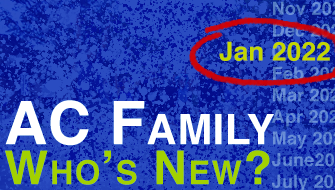November is Native American Heritage Month
For Native American Heritage Month, we invite you to learn about and celebrate the culture of the Ojibwe people, or as they are known to many, the Chippewa, a mispronunciation of Ojibwe. There are nearly 150 bands of Ojibwe in the northern part of the United States and Southern Canada. Some trademarks of the tribe you may be familiar with are birchbark canoes, dreamcatchers, elaborate beadwork, colorful celebrations filled with music/singing and dancing, quilts, copper mining, and maple syrup.
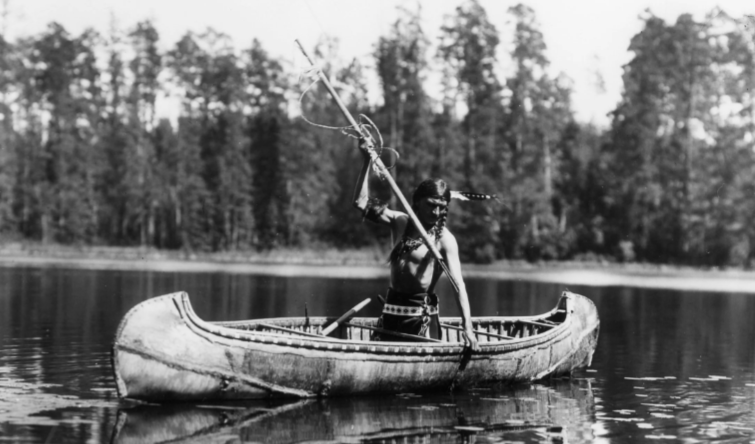
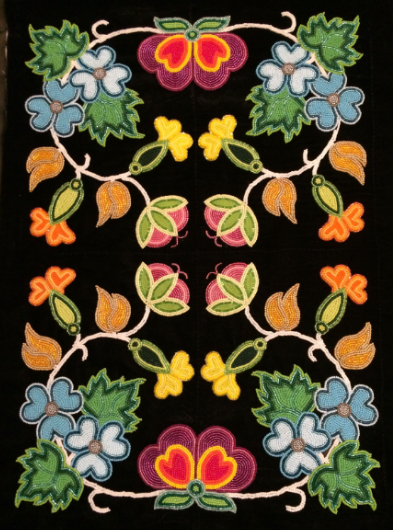
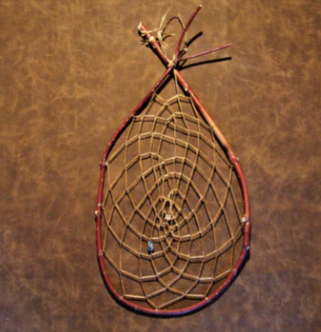
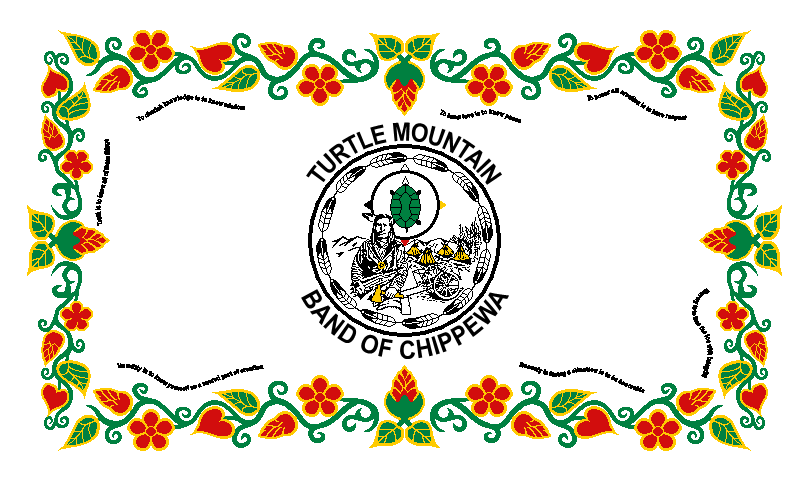
Turtle Mountain Band Anishinabe
Anishinabe, or "The Original People", is how the Ojibwe refer to themselves. They are part of the Algonquin language group of tribes, which also includes the Cree, Shawnee, Ottawa, Cheyenne, Blackfeet, Arapaho, and several others. The Turtle Mountain Band is located in Belcourt, South Dakota, and is particularly well known for their beautiful beadwork and stunningly colorful quilts. But how did they get the name Turtle Mountain? They have a beautiful creation story about the great flood that destroyed the earth and Nanaboozhoo and his brave friends Wazhushk (muskrat) and Mizhee-kay (turtle) who persevered and made sacrifices to create the land we call North America, and the namesake for their people.
Beliefs
Along with their creation story, the Anishinabe also believe in the Thunderbird Mythology and like many Native American tribes, the celebration of the Medicine Wheel and the Four Directions. In the Thunderbird Mythology Nanaboozhoo (the main character in the creation story) created spirits known as the Thunderbirds, who live at the four corners of the world. These spirits seasonally migrate to Ojibwe lands to protect the people from underwater sea serpents.
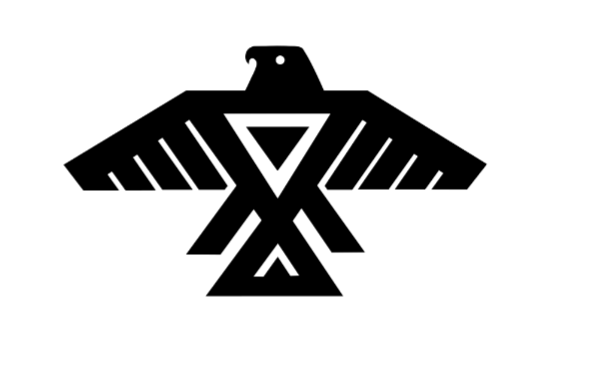
On the Ojibwe Medicine Wheel, the four colors represent the four sacred directions. Yellow represents east, red represents south, black represents west, and white represents north. The blue above the wheel represents Father Sky, the green below the wheel represents Mother Earth, and the circle in the center of the wheel represents self. The Medicine Wheel also includes the Seven Stages of life, the Seven Grandfather Teachings, and much more. For detailed information about the Ojibwe Medicine Wheel, visit https://fourdirectionsteachings.com/transcripts/ojibwe.html (also linked in the paragraph above).
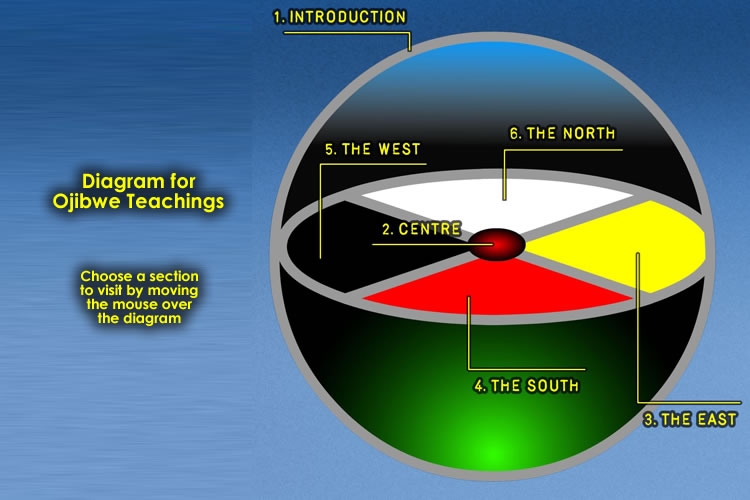
AC Family Connection
Why did we choose to celebrate the Ojibwe people this November? Honestly, it started with an activity we did through the Poverty Workshop hosted by Dr. Donna Beegle in September. We were asked to form small groups and share traits we identified with as a core part of who we are, and I shared my Native American heritage with the group. As we were going around the table, Carlee shared that she also had Native American heritage. After the cohort was dismissed for lunch, Carlee and I spent some time chatting about our tribes (my family is Ashiwi and hers is Ojibwe) and how our heritage has shaped our life experiences. From there, we built a friendship and shared this new sense of connection and community with one another. As I was looking ahead to potential topics we could share in the November Badger Buzz, I reached out to Carlee to see if she would want to collaborate on the Native American Heritage Month piece. We discussed sharing information about our people as a way to bring some of the culture we love to the AC Family. Since we are both very proud and passionate about our people, we had an overwhelming amount of information to share and decided to highlight one tribe at a time to give each the full chance to shine. To wrap up this blog post, Carlee would like to share some of her family photos with you, our AC Family.
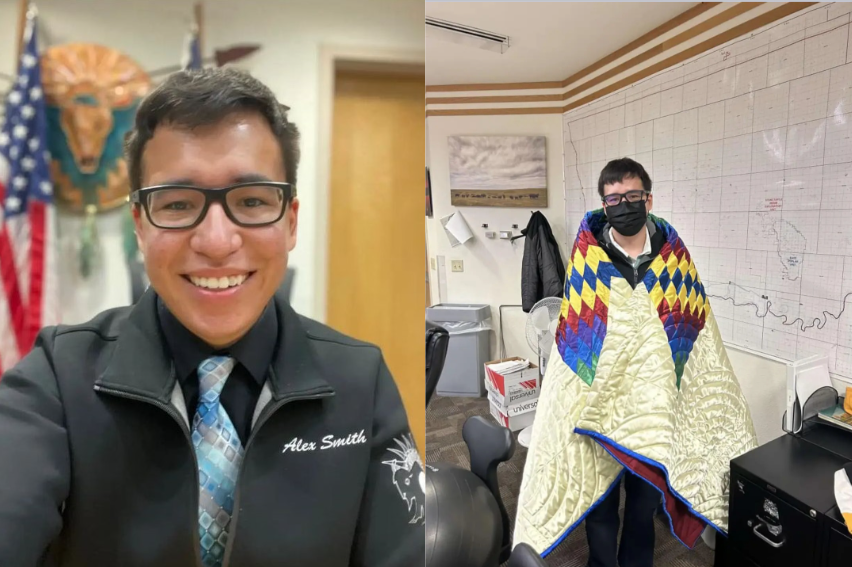
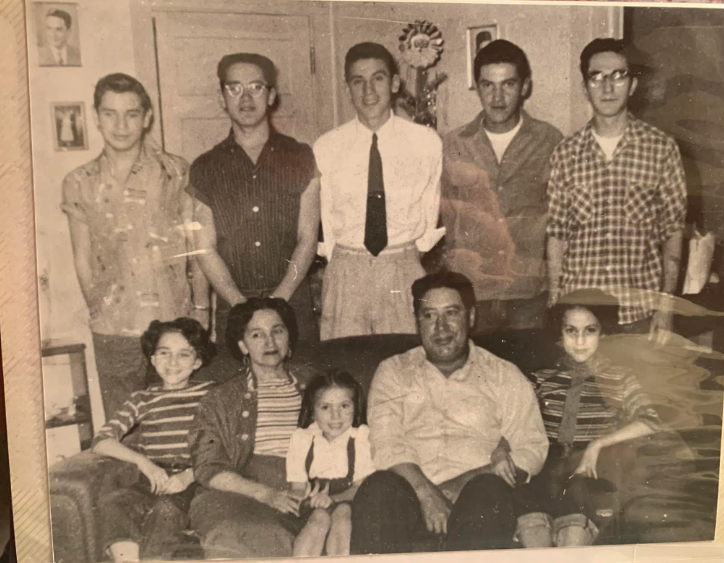
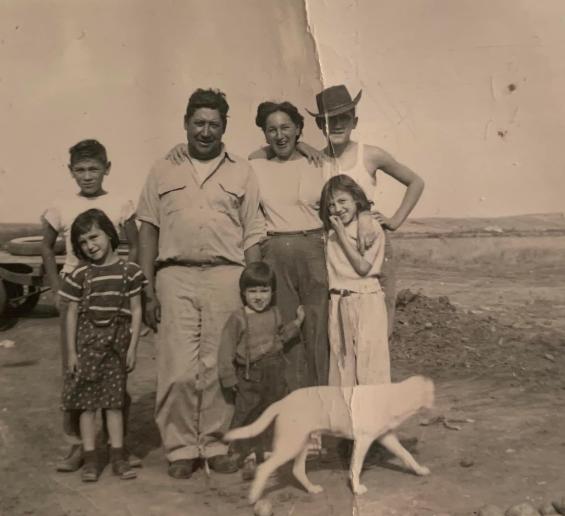
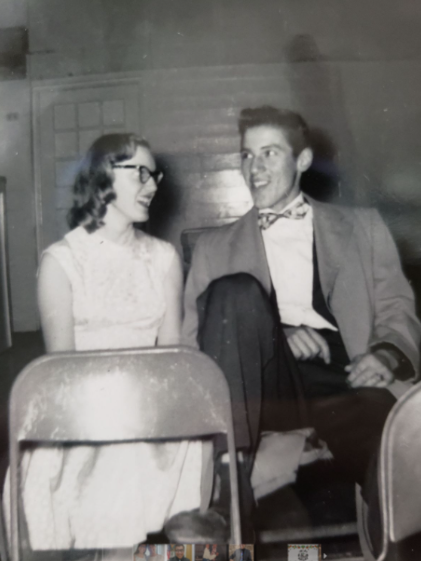
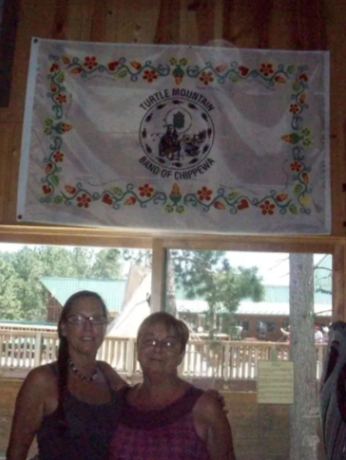
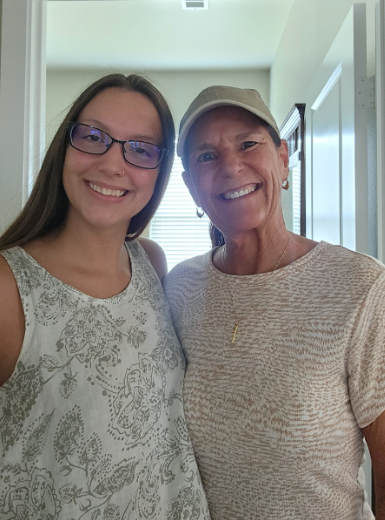
Blog co-written by Carlee Garrison and Aubrey Brice

